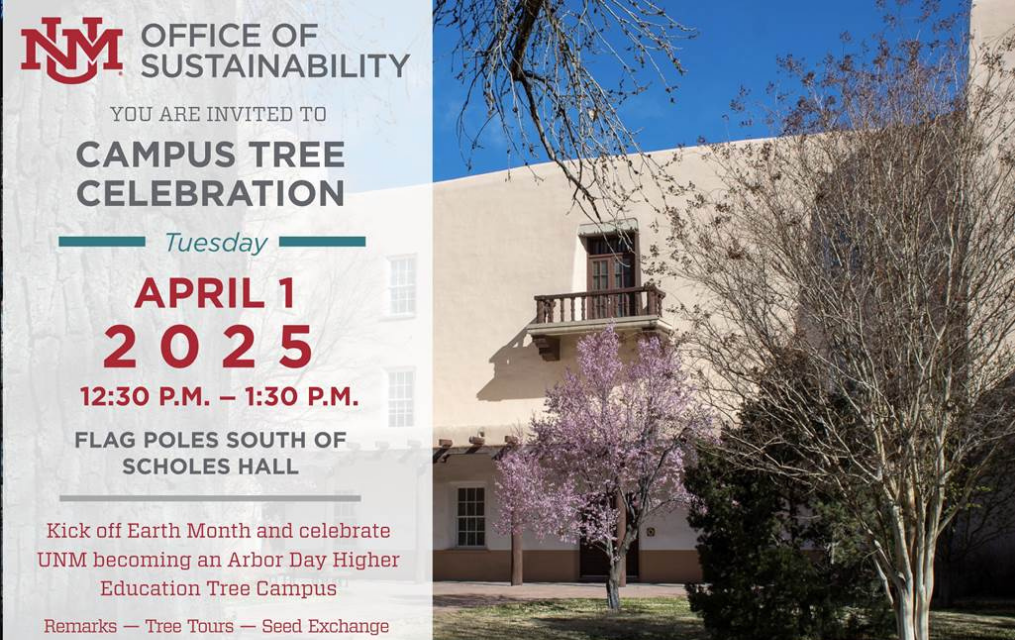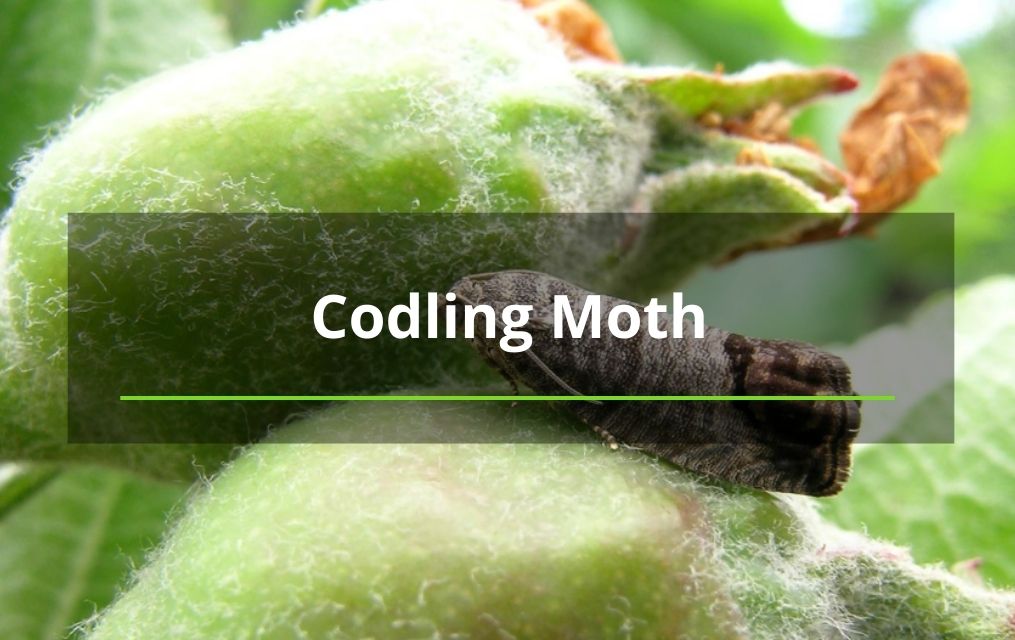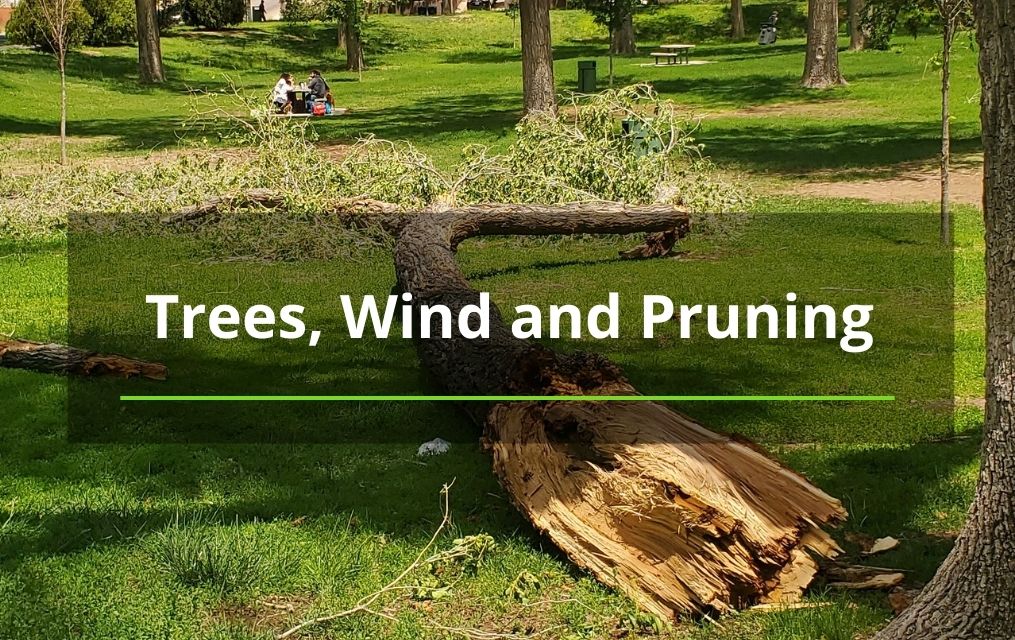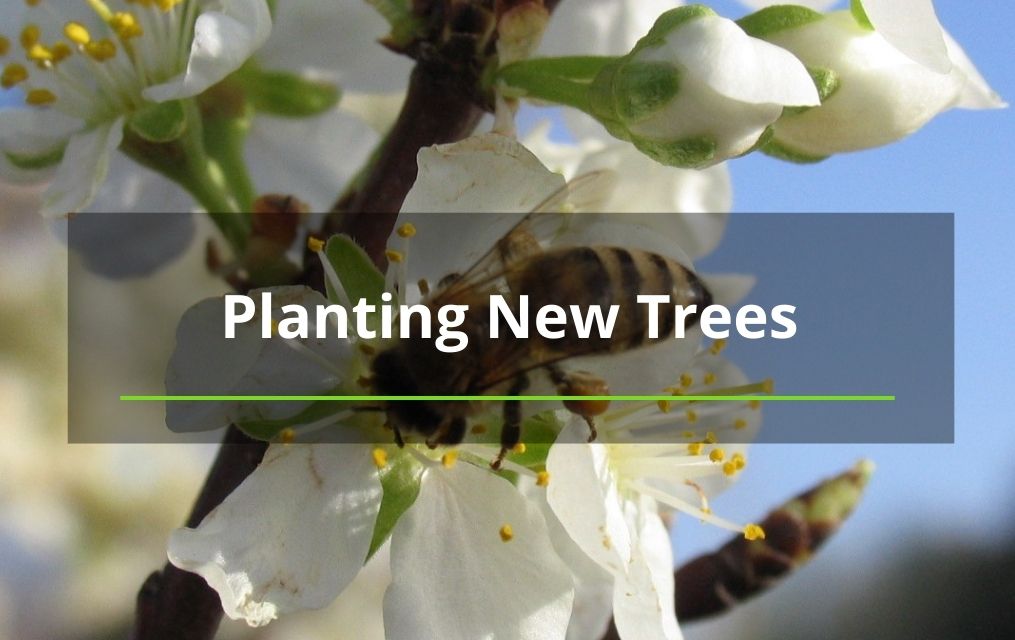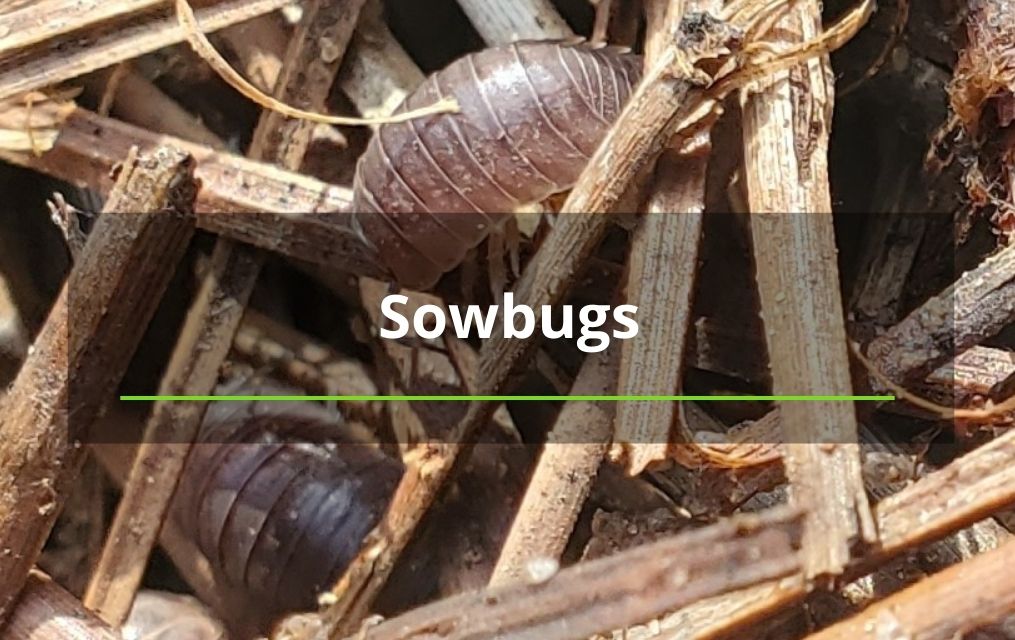Pollen Allergies
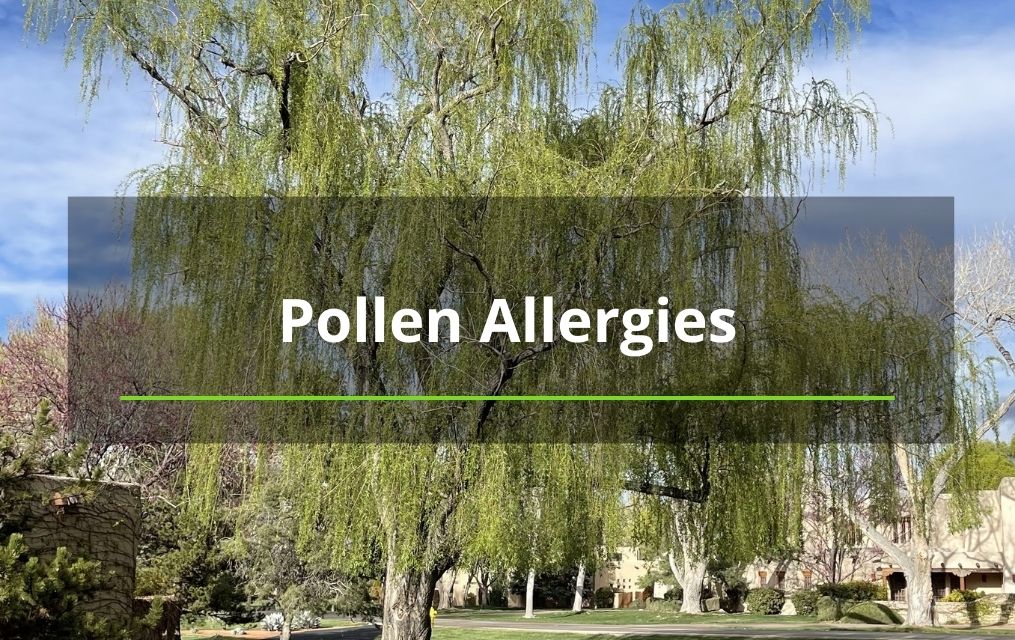
Pollen Allergies
Who doesn’t love spring?! The world is waking up, the leaves are unfolding, the flowers are opening…and the sneezing has begun! Many people suffer pollen allergies, and unfortunately trees do contribute to that misery. Not all trees contribute equally, however.
Trees and other plants make pollen as part of their reproductive process. Pollen is the male contribution to the next generation, and the goal is for the pollen grains to get to the female stigma (a part of the flower), so that fertilization can happen and new seeds can be made. Each one of those seeds, like every human, is genetically unique.
Some plants use insects to move their pollen, and these have large, showy flowers to attract those pollinator allies. Other plants, including many trees and almost all grasses, use a different delivery system – the wind. This is particularly effective in a wind-swept locale like ours.
The pollen from wind-pollinated trees is tiny and amazingly abundant, and it is the pollen that causes allergies. Some of our common wind pollinated trees are elm, oak, pine, juniper, sycamore, ash, cottonwood, and mulberry. A lot of our larger sized trees are wind pollinated.
Common symptoms of pollen allergies include nasal congestion and sneezing; red, irritated eyes, and itchy nose, ears, eyes and mouth. Experts suggest limiting outdoor time when pollen is flying, showering daily in the evening to keep pollen out of the bed, and drying clothes indoors instead of on the clothesline.
Click here to find out more about our Albuquerque tree removal services.


